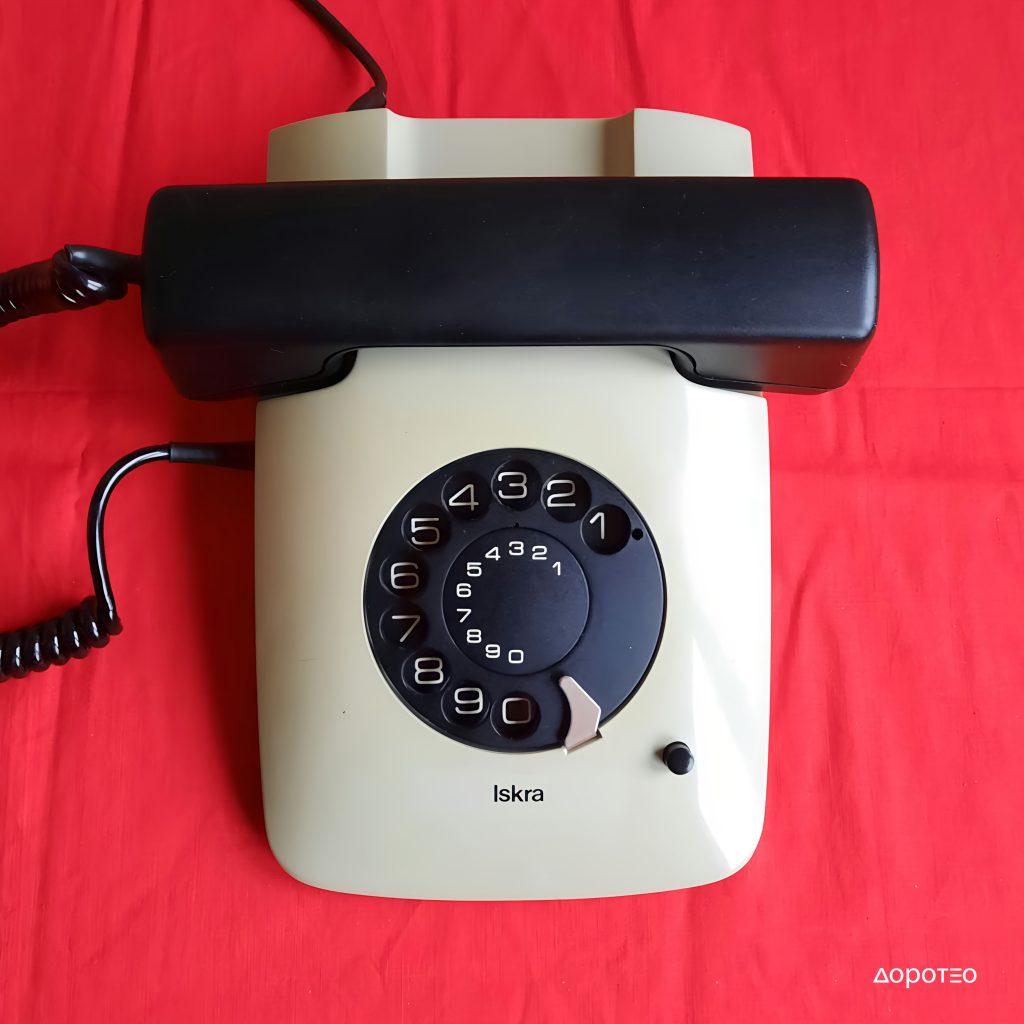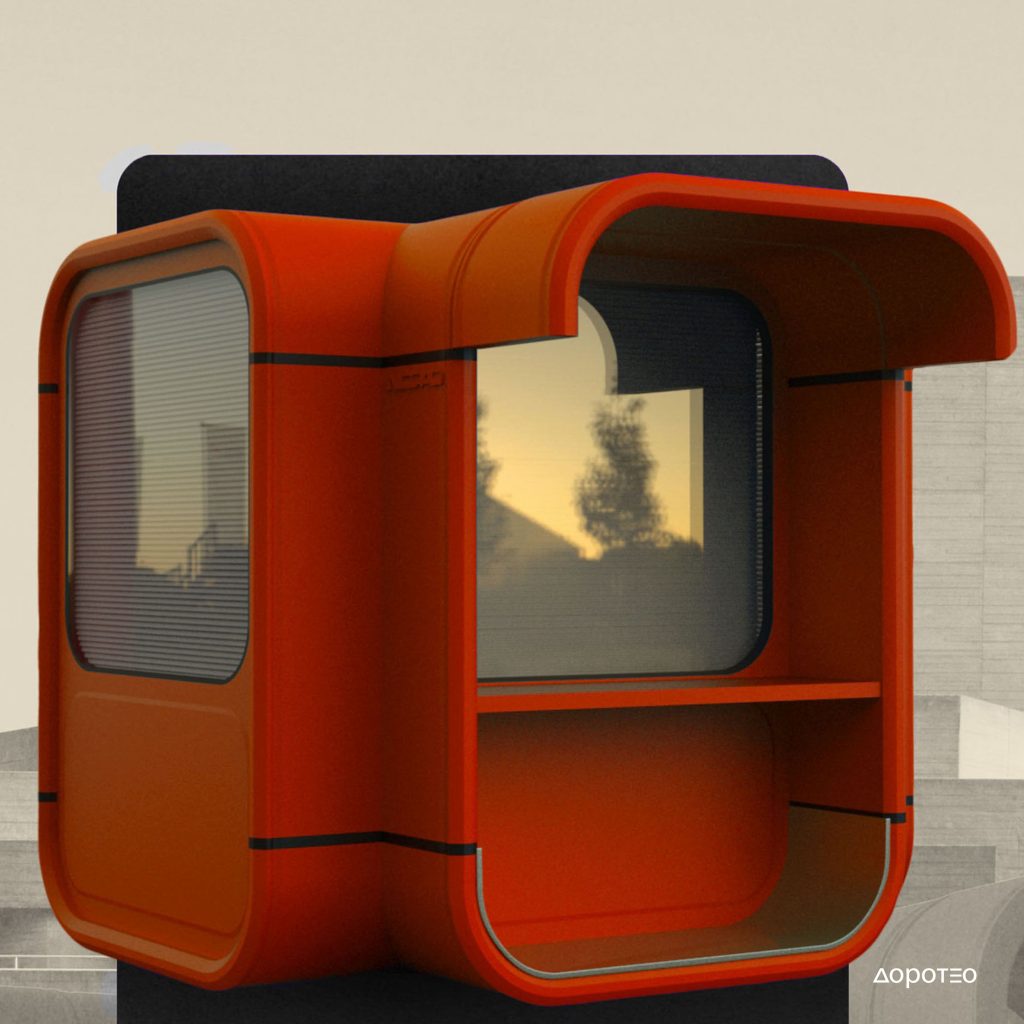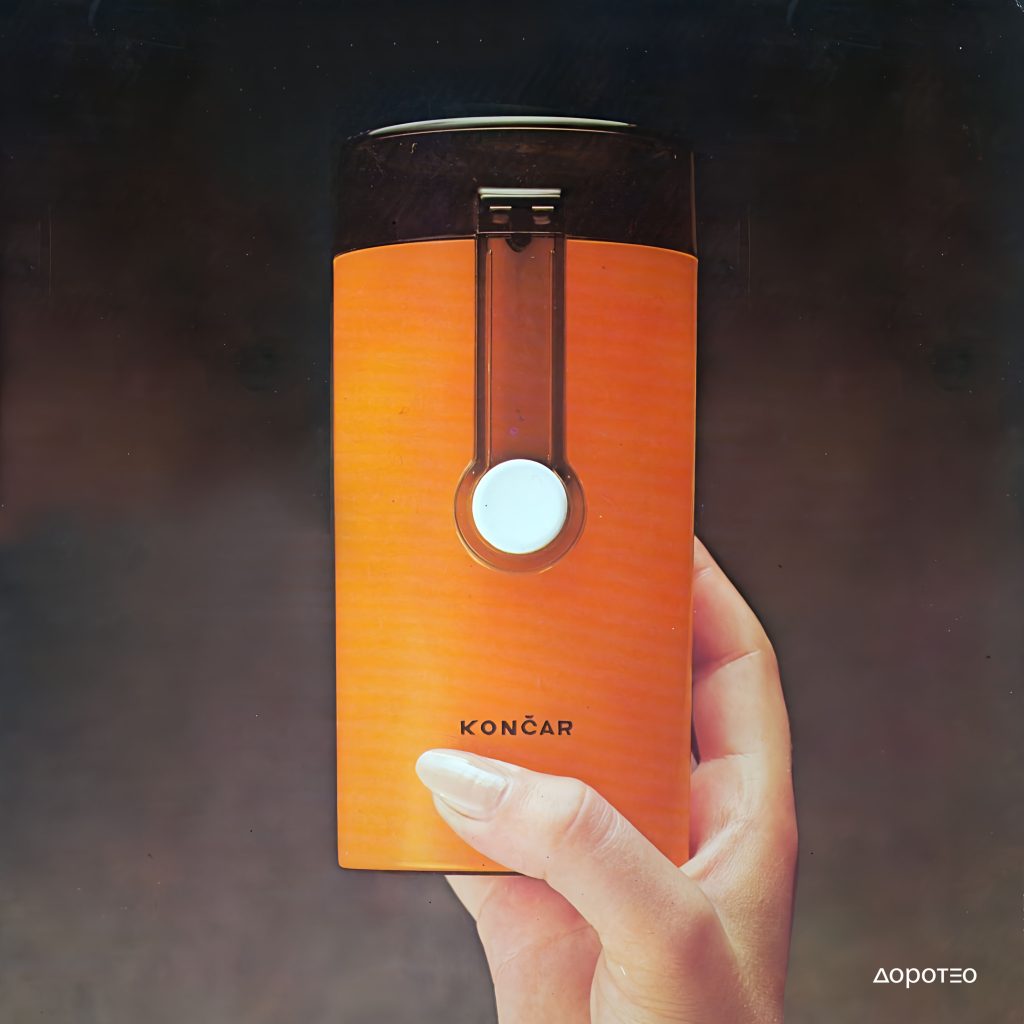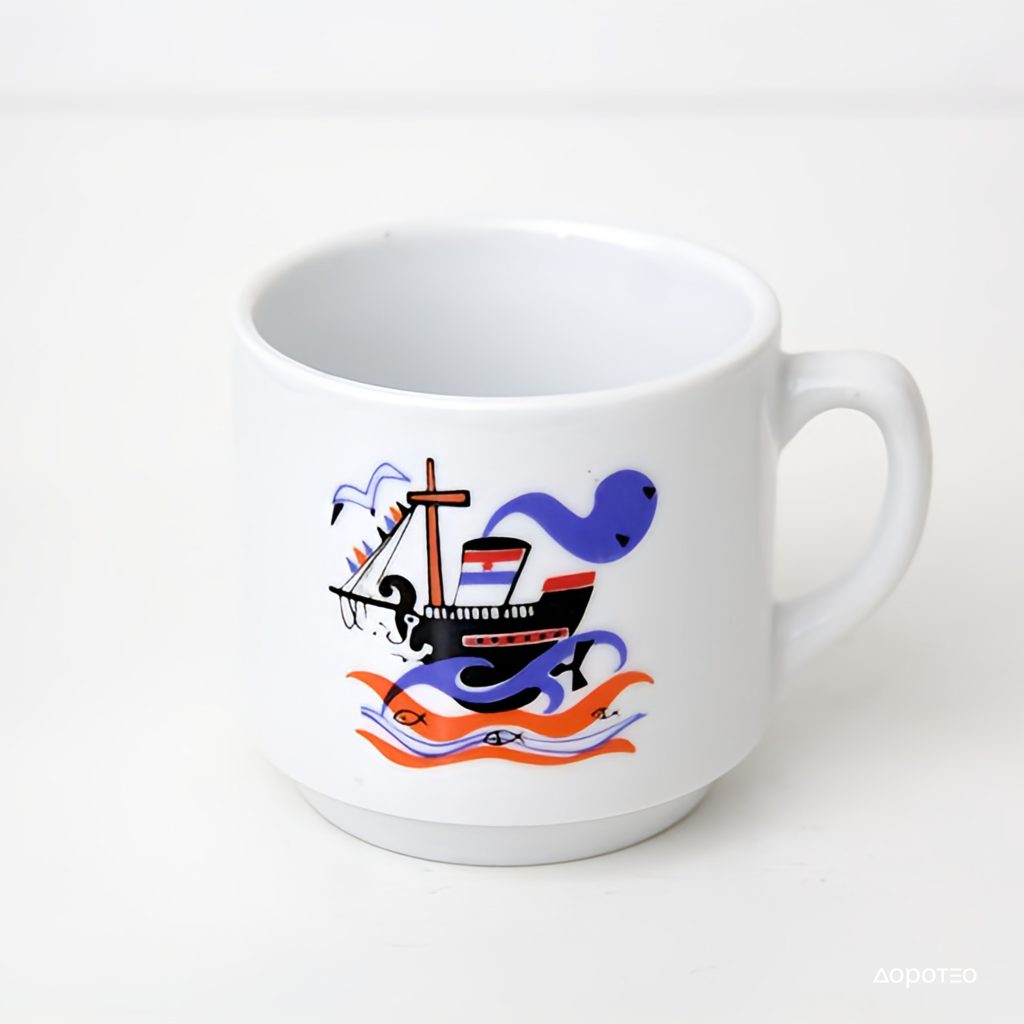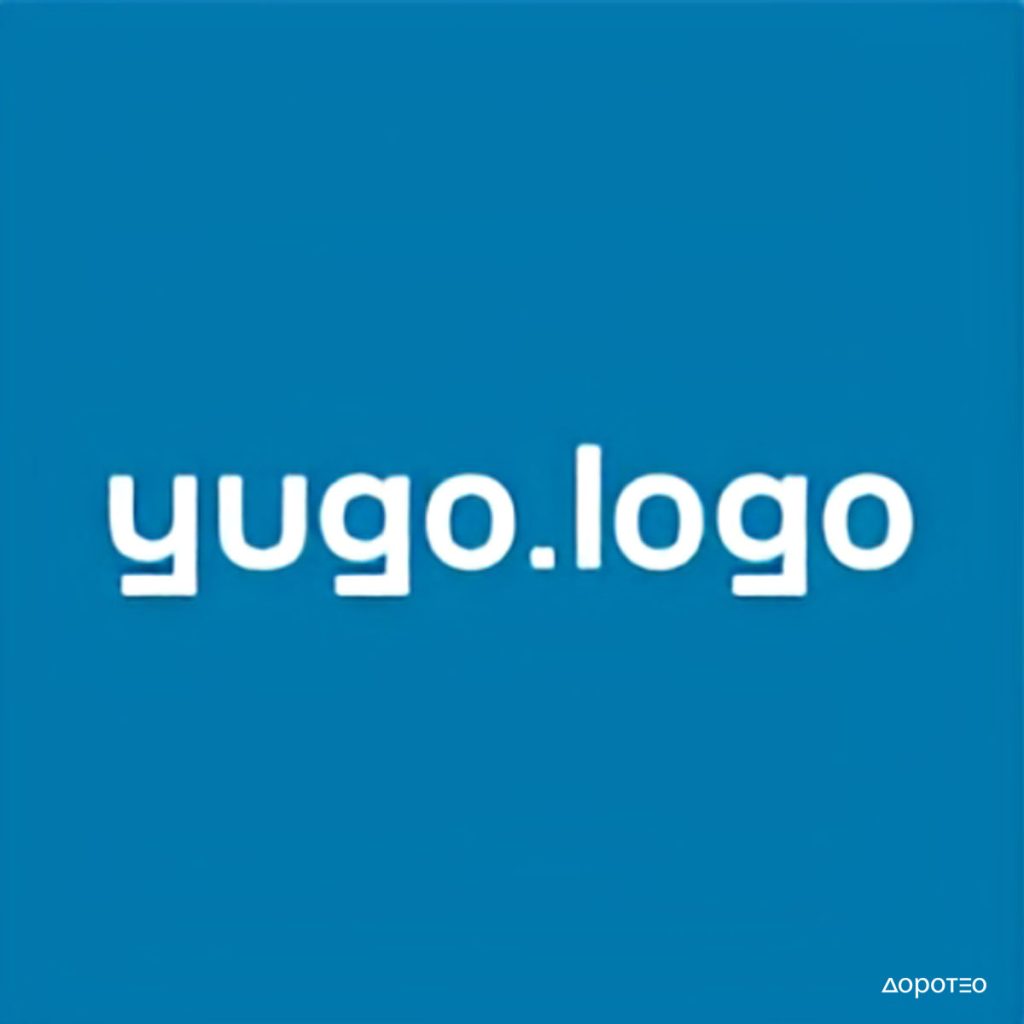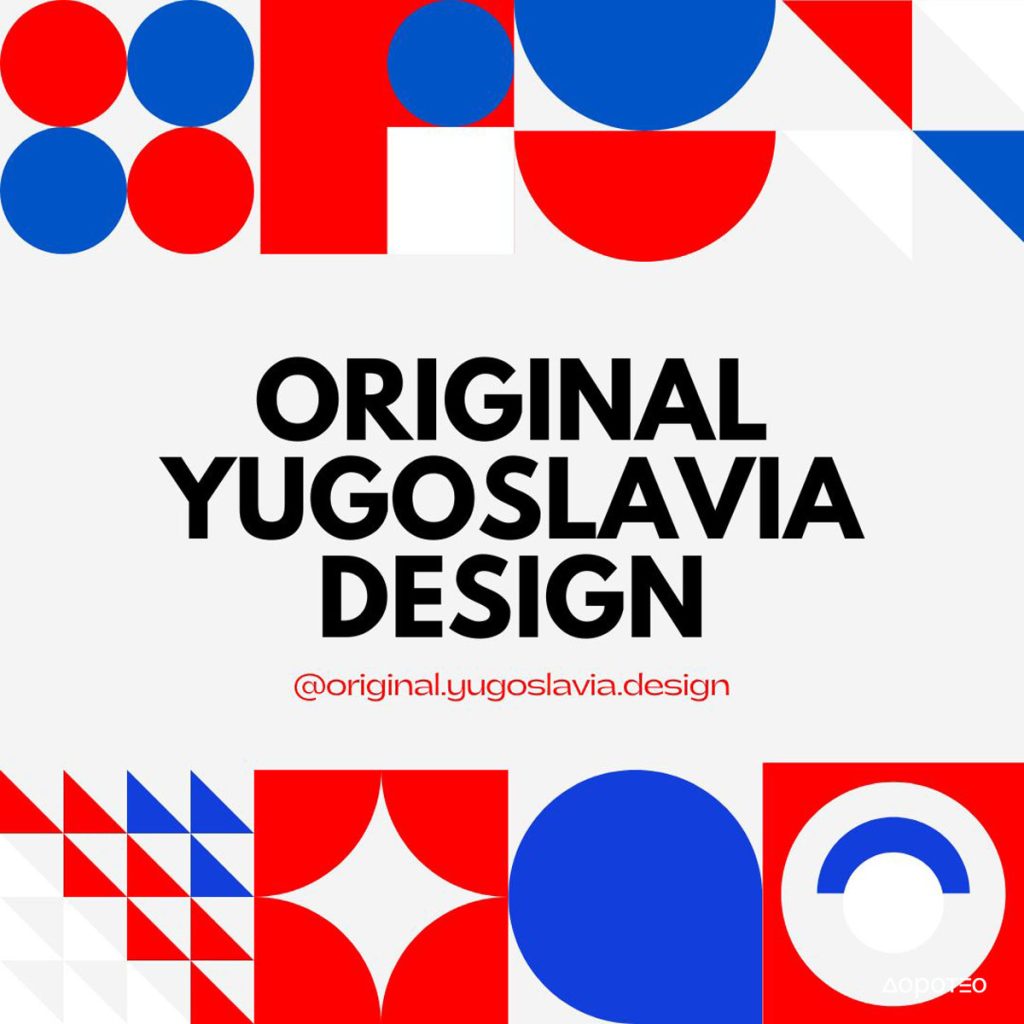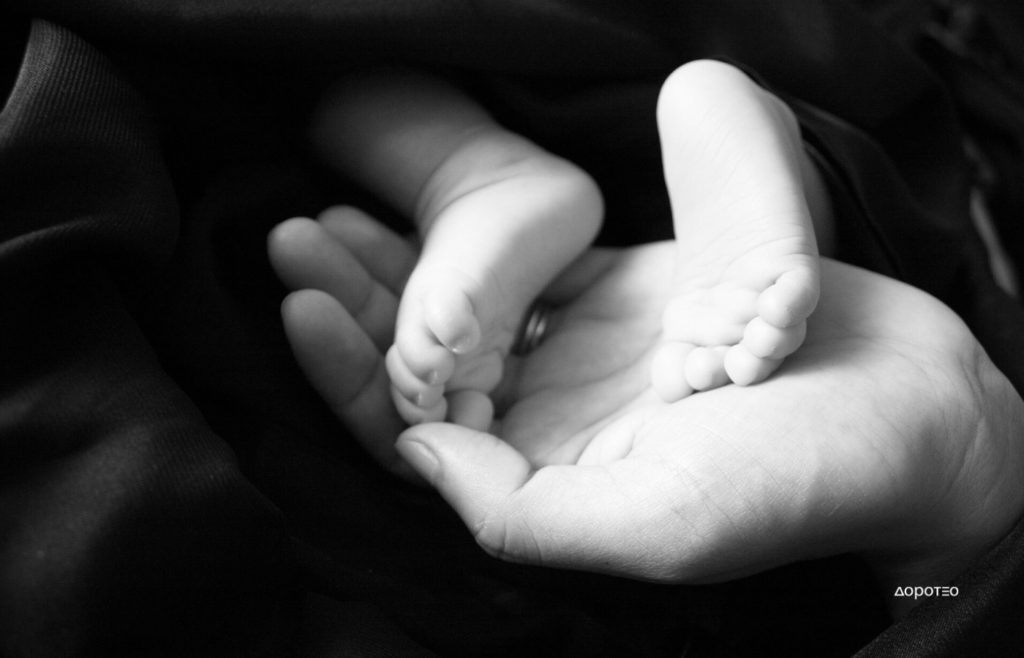
MADE IN YUGOSLAVIA / SHORT HISTORY OF INDUSTRIAL DESIGN IN YUGOSLAVIA
Everything that happened in the field of industrial design in Yugoslavia from 1945 to 1991 was, like in all other areas of culture and art, an eclectic creation of dynamic relationships that prevailed among the cultural centers of the Yugoslav federation: Belgrade, Zagreb, Ljubljana, Sarajevo, Novi Sad, Podgorica, Skopje, and Pristina, within the unique Yugoslav artistic space – from idea to production.
The fundamental characteristic of (industrial) design is that it constantly changes; it may repeat some elements, but essentially, it is always different.
Design, as a symbol of rebellion against bourgeois values
Saw movements like Bauhaus, Russian avant-garde, futurism, De Stijl, and similar, as significant forces that positioned design as an essential part of their activities. It was clear that design was an integral part of the visual culture and the culture of shaping the 20th century. These movements greatly influenced what happened in the field of design in the SFRY, especially in the field of graphic design.
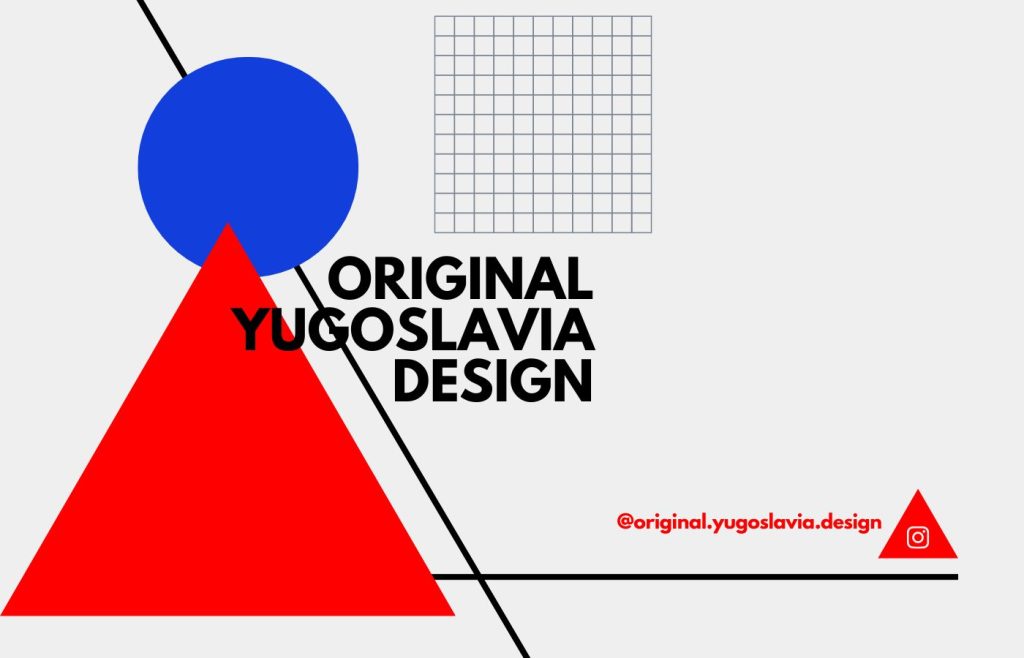
In Yugoslavia, the focus on the design of usable objects was more pronounced than in other socialist countries behind the Iron Curtain, especially after the break with the USSR, and the Informbiro countries. Until then, socialist realism or socrealism dominated in the SFRY, characterized by emptiness and lack of imagination in expression, and it originated in the Soviet Union in the 1930s, focusing on themes of industrialization and the cult of personality.
With the abandonment of socrealism, Yugoslav designers turned to the principles of Bauhaus, which laid the foundations for modern industrial design with the aim of shaping and decorating everyday objects in an artistic way, making their use more pleasant. Many designers, mostly educated abroad, brought new ideas and designs characterized by typographic simplicity but striking visuals. The products they created were abundant in colors and patterns, always accompanied by original and creative logos. Their solutions based on Bauhaus principles are rightfully part of the permanent collection of the Museum of Modern Art (MoMA) in New York, alongside the most significant world exhibits of industrial design from that era.
This approach to design represented a desire for Yugoslavia to approach the West and a kind of rebellion against the bourgeois.
Simultaneously, good design created new consumer habits, and the state and major factories of that time saw its potential and supported its development. People bought more, and therefore more was produced because everyone wanted to have what was current and trendy. Everyday life in the socialist country began to resemble more and more the everyday life of a modern country, especially in large cities, primarily in Zagreb and Belgrade.
Pioneers of industrial design in the SFRY
When looking at design from the 1950s to the 1980s in the SFRY, it is not accurate to speak solely of design happening within the country, as large design teams were educated abroad but found recognition here within factories and industries. Simultaneously, many designers had already left for Germany and Scandinavian countries to continue developing design elsewhere. However, such design endeavors contributed to the country opening up more to the world in the later years, the 1960s and 1970s, creating products visually appealing to foreign markets.
In the mid-1960s, the first institutions dedicated to developing and promoting design were established in the SFRY. In 1964, Ljubljana hosted the International Biennial of Industrial Design (BIO) for the first time. The same year, the Center for Industrial Design (CIO) was established in Zagreb, and in 1972, the Design Center was founded in Belgrade. Not all large factories initially recognized the importance of industrial design, and most did not employ professional designers. The first ones to do so were Jugokeramika, Iskra, and Rade Končar, while many others continued to copy products from the West, especially since they were producing items for foreign brands and didn’t have a significant need to develop their own designs.
Among the factories that soon followed in the footsteps of Iskra, Rade Končar, and Jugokeramika were Meblo from Nova Gorica, which produced designed lamps and chandeliers made of plexiglass for the famous Italian brand Guzzini, Stol Kamnik, and Mundus from Varaždin, producing furniture from bent wood, as well as Sijaj Hrastnik and Lesna industrija Litija, Elektroterma Zagreb, Emi Poljčane. In Serbia, the Glass Factory Prokuplje stood out, producing vases and ashtrays made of tobacco glass designed by sculptor Dragan Drobnjak. In the field of ceramics and porcelain, in addition to Jugokeramika, the design products of the Ceramic Factory FP Zaječar and Jugoporculan Titov Veles attracted buyers.
ISKRA – Pioneer of industrial design in the SFRY
A pioneer in understanding the importance of industrial design and its further development in the SFRY was the Slovenian company Iskra, which established its first design sector in 1962 and employed designers with the idea of creating original and creative products. Among their first products was the black-and-white television “Minirama,” which appeared in 1973 and was very practical for portability. The most famous product of this factory was the Iskra ETA 80/85 telephone, one of the exhibits in the permanent collection of MoMA and the Museum of Modern Art in Munich, designed by Slovenian designer Davorin Savnik.
Its design immediately attracted the attention of the global public, and the Italian press wrote about how the design of this phone reminded them of the dashboard of one of the most popular Lamborghini models. However, during its production, a mistake was made that cost Iskra dearly. Not being well-versed in the global patent protection process, the factory did not protect its model on time, making the phone famous and going down in history as one of the most copied products from this region. It is unofficially estimated that around 300 million copies of Savnik’s phones were made.
Hidden design of the Yugoslav giant
The products of the Yugoslav factory Rade Končar represent one of the most important parts of the history of Yugoslav design, if not for anything else, then because this factory had one of the strongest design sectors in the country, which survived during the 1970s and 1980s, years of more or less constant economic crisis in Yugoslavia.
The design sector, located in the research core of Končar – the Electrotechnical Institute, was founded in 1970 by Noe Maričić and Vladimir Robotić with the idea of introducing design methodology into the product planning and production process. Over the twenty years of its existence, fifteen of the most significant industrial and graphic designers of the Yugoslav era passed through it, receiving domestic and international recognition for their work: Noe Maričić, Vladimir Robotić, Marija Jeličić Plavec, Egon Paraker, Luka Bando, Zlatko Kapetanović, Jadranka Sutlarić, Dunja Guberina, Božidar Lapaine, Zoran Planinc, Damir Barešić, Dražen Jakšić, and Darko Mokriš. Rade Končar was a regional giant at that time, exporting its products to about a hundred countries, producing everything “from irons to locomotives.” Therefore, the tasks of the design team were quite diverse – from working on consumer products such as irons, coffee grinders, and heaters to working on the design of transformers, electric motors, and locomotives. With such an approach, Končar’s Design Sector developed a solid scientific methodology, seriously applied contemporary ergonomic knowledge, and attempted to implement a similar design philosophy in all projects, closest to Braun’s asceticism.
Everything went down the drain
The case of Jugokeramika, from its founding after World War II until its closure in 2009, is a typical representation of the fate experienced by most Yugoslav industrial giants. However, during its peak, its design team achieved huge successes worldwide through participation in all major and significant exhibitions, being established as one of the first in the SFRY in 1954. The story of design in this factory is interesting also due to its specific gender employment policy, considering that mainly female designers worked in the team: Jelena Antolčić, Dragica Perhač, Anica Severin, Marta Šibar.
Most factories, such as Stol Kamnik and the Glass Factory Prokuplje, went bankrupt, while a few managed to survive and transform, with some still producing today, but far from the glory they had in the time of the SFRY.
Nostalgia and collective memory
Products created during the golden age of Yugoslav design that shaped people’s everyday lives in these regions have become highly sought after as important points in the collective memory of people who lost their country, and even materialized memories. However, it seems that few have been preserved because they were so ubiquitous for people of that time that they became invisible. Some can be found today at local flea markets or through popular Instagram pages that promote or sell such products: Made in Yugoslavia, Original Yugoslavia Design, Retroslavia, and many others.
The growing popularity of these pages confirms the fact that we begin to miss things only when we lose them. Today, as they have become rare, many of us search for them, not only for their design but also for memories of youth and some more or less beautiful times that no longer exist.
All images and materials are copyright protected and are the property of doroteo.rs

